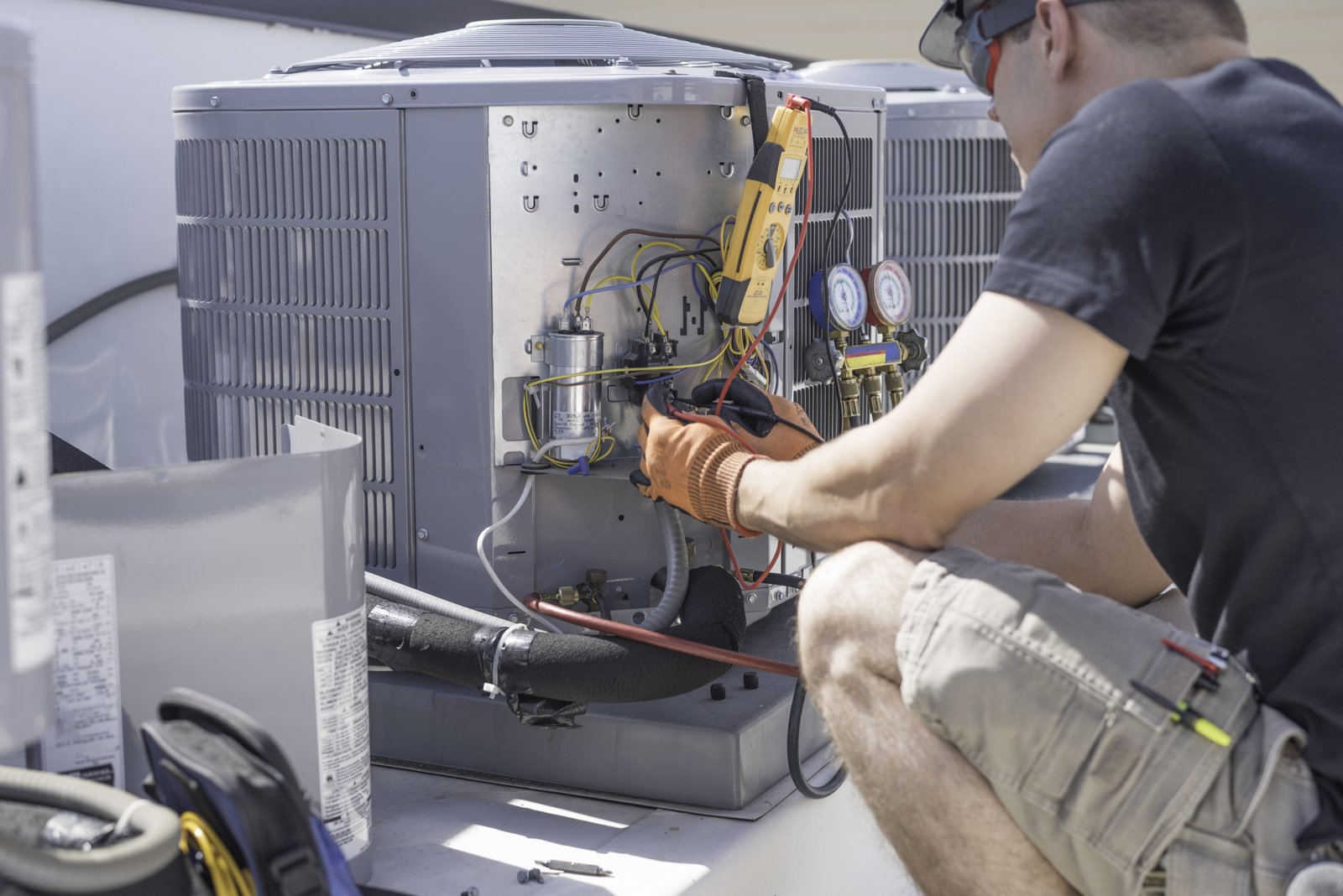When your air conditioning system starts acting up, the first thought is usually about repair. Most homeowners hope a quick fix will get the system running again, especially during Florida’s intense summers. However, there comes a time when fixing the same issues repeatedly no longer makes sense—both financially and functionally. A full replacement becomes the more reasonable and long-lasting solution. We will explore the signs that indicate your A/C unit is beyond repair and the practical reasons why a complete system upgrade might be necessary, especially in climates where comfort depends on reliable cooling.
Understanding the Limits of Repair
Air conditioners are complex systems with many moving parts, and like any mechanical equipment, they are subject to wear and tear over time. While some issues can be resolved with minor repairs, repeated breakdowns are often a warning that the system is nearing the end of its serviceable life. Continuous repairs are not only inconvenient but can also be expensive in the long run. Replacing a capacitor or adding refrigerant might solve a short-term issue, but if these problems recur frequently, they point to underlying issues like compressor wear, evaporator coil degradation, or electrical system failure. At some point, the cost of keeping an aging system afloat begins to outweigh the value of replacement. Customers reaching out to the Panama City office for assistance often find that persistent issues signal it’s time to consider a long-term solution rather than investing in temporary repairs.
Additionally, older systems tend to consume more energy, leading to higher utility bills. Choosing to replace rather than repair becomes less about immediate savings and more about long-term efficiency and comfort. For customers seeking dependable air conditioning, evaluating the real limitations of repair is an essential step toward making the right decision.
When Efficiency Takes a Back Seat
One of the strongest reasons to consider full A/C replacement is energy efficiency. Air conditioning technology has evolved significantly over the past decade, with newer systems designed to consume less power while delivering stronger performance. If your system is over 10 to 15 years old, it is likely running far below modern efficiency standards. Older models often require more energy to produce the same cooling output, and that inefficiency reflects directly on your monthly utility bills.
Moreover, older units typically lack features like variable-speed compressors or smart thermostats, which help fine-tune performance and reduce energy waste. Even if your current system seems to be cooling your space adequately, it might be doing so at a high operational cost. When maintenance becomes more frequent and utility bills keep climbing, it’s a strong indication that your system is less efficient. A newer system, while an upfront investment, quickly starts to pay off through reduced energy consumption, smoother operation, and fewer emergency service calls.
Age and Reliability: A Ticking Clock
Most central air conditioning units have a lifespan of around 12 to 15 years, depending on usage and maintenance. Past this point, even well-maintained systems begin to lose reliability. Internal components wear out, efficiency decreases, and the risk of sudden failure increases. If your A/C unit is over a decade old and starting to show signs of distress—like frequent short cycling, uneven cooling, or strange noises—it may be time to consider a replacement. One of the primary challenges with older systems is the availability of compatible parts.
As manufacturers update their technology, replacement parts for older models become harder to find and more expensive. This not only drives up the cost of repair but also lengthens the time it takes to restore cooling in your home. More importantly, the chance of a complete system failure during the hottest months can become a constant worry. Replacing your aging unit with a newer system removes these concerns and brings peace of mind that your comfort is secured for years to come.
Refrigerant Phase-Out and Environmental Considerations
Another reason full replacement might be recommended is due to changes in environmental regulations. Many older air conditioning units use R-22 refrigerant, also known as Freon, which has been phased out in the U.S. because of its harmful impact on the ozone layer. As of 2020, the production and import of R-22 were banned, making it increasingly rare and expensive to use in older systems. If your A/C unit relies on this refrigerant and develops a leak, recharging it can become an expensive and temporary fix. More importantly, it signals that your system is outdated from an environmental and compliance standpoint. Newer systems use eco-friendlier refrigerants like R-410A, which are both safer for the environment and more efficient. Transitioning to a modern system isn’t just a smart economic decision—it also aligns your household with current environmental standards and reduces your carbon footprint. When repairs involve outdated materials or technologies, replacement becomes the forward-thinking choice for responsible homeowners.
Replacing an air conditioning system is a major decision, but in many cases, it’s the smarter, more sustainable choice. When repairs become frequent, efficiency drops, and comfort suffers, holding onto an aging system no longer makes practical or financial sense. From environmental compliance to modern-day convenience and long-term savings, the benefits of a full A/C replacement far outweigh the short-lived comfort of patchwork fixes. By choosing to replace your unit when it’s beyond repair, you’re investing in your comfort, your home’s value, and your peace of mind.

